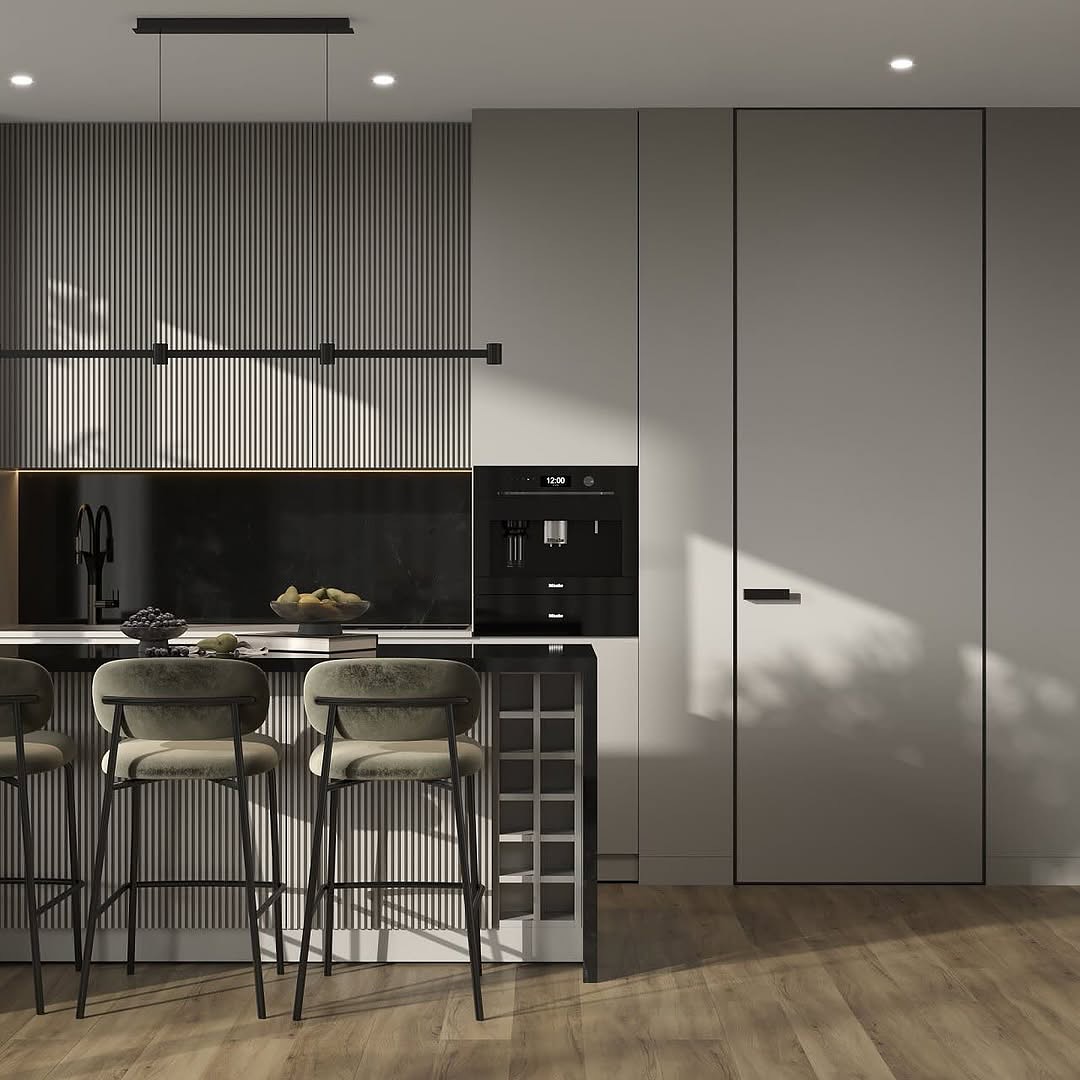The internal door industry in 2025 is experiencing a period of dynamic growth and transformation, driven by evolving design preferences, technological innovation, and sustainability imperatives. Below, we explore the latest statistics and key trends shaping the market this year.
Market Overview and Growth
The global interior doors market is projected to reach £12.8 billion in 2025, expanding at a compound annual growth rate (CAGR) of 4.5% through 20291.
The wooden interior door segment alone is set to grow from £12.06 billion in 2024 to £12.85 billion in 2025, with a CAGR of 6.6%2.
Continued growth is attributed to factors such as increased demand for premium and customised doors, the ongoing housing boom, and rising consumer interest in sustainable and natural materials2.
Design Trends in 2025
Minimalism Dominates: Clean-lined, slab-style doors with flush surfaces and matte finishes are leading the market. Glossy finishes are declining, replaced by velvet-like textures in neutral and earth tones34.
Natural Wood Finishes: Stained (not painted) woods such as white oak and walnut are highly popular, emphasizing organic warmth and visible grain4.
Color Trends: Sage green, soft charcoal, and black remain strong choices, with bold accent colors like deep teal and rust making occasional appearances in high-design interiors4.
Glass and Light: Fluted or reeded glass panel doors are in demand for their ability to provide privacy while allowing natural light to flow between spaces4.
Architectural Details: Arched doors are making a comeback, adding a custom, architectural feel to both traditional and modern homes. Metal-framed doors with glass panels are also gaining traction for their industrial-chic appeal4.
Space-Saving Solutions: Pocket doors are increasingly used to create flexible spaces in response to “open concept fatigue,” while pivot doors are seen in high-end interiors for their dramatic, seamless movement4.
Smart Technology and Innovation
Smart & Connected Doors: Integration with building management systems and smart home technologies is becoming standard. Features include biometric access, remote monitoring, and automated access management56.
Touchless Operation: Motion sensors and voice-activated systems are on the rise, particularly in response to health and hygiene concerns6.
Invisible Tech: The latest smart doors conceal technology within traditional designs, offering features like biometric locks, video doorbells, and app-controlled lighting without visible hardware5.
Energy Efficiency: Automated and thermally optimised doors help manage energy loss, with some models featuring real-time monitoring and adaptive weatherstripping56.
Sustainability and Materials
Eco-Friendly Choices: Sustainable materials such as bamboo, recycled wood, and FSC-certified cores are in demand, reflecting a broader industry shift toward environmental responsibility24.
Zero-Waste Manufacturing: Manufacturers are adopting zero-waste practices and using recycled content, with some fiberglass doors now containing up to 85% post-consumer materials25.
End-of-Life Considerations: Recyclability and carbon-neutral manufacturing are increasingly important to consumers and specifiers5.
Key Industry Drivers
Customisation: Digital platforms enable consumers to design and order bespoke doors, fueling demand for personalized solutions2.
Urbanization: As urban living spaces shrink, demand for space-efficient doors like sliding and pocket models grows2.
Health and Wellness: Increased awareness of indoor air quality and wellness is influencing material choices and door designs2.
What’s Out?
Barn doors, once a staple of farmhouse-inspired interiors, are declining in popularity, now seen as overdone and too style-specific4.
Traditional paneled shaker doors are evolving with slimmer rails and flatter profiles for a more contemporary look4.
Conclusion
In 2025, internal doors are more than functional barriers—they are central to home design, technological innovation, and sustainability efforts. As the market continues to grow and diversify, expect to see even more integration of smart features, eco-friendly materials, and bold design statements that reflect the changing tastes and priorities of homeowners and designers worldwide254.
